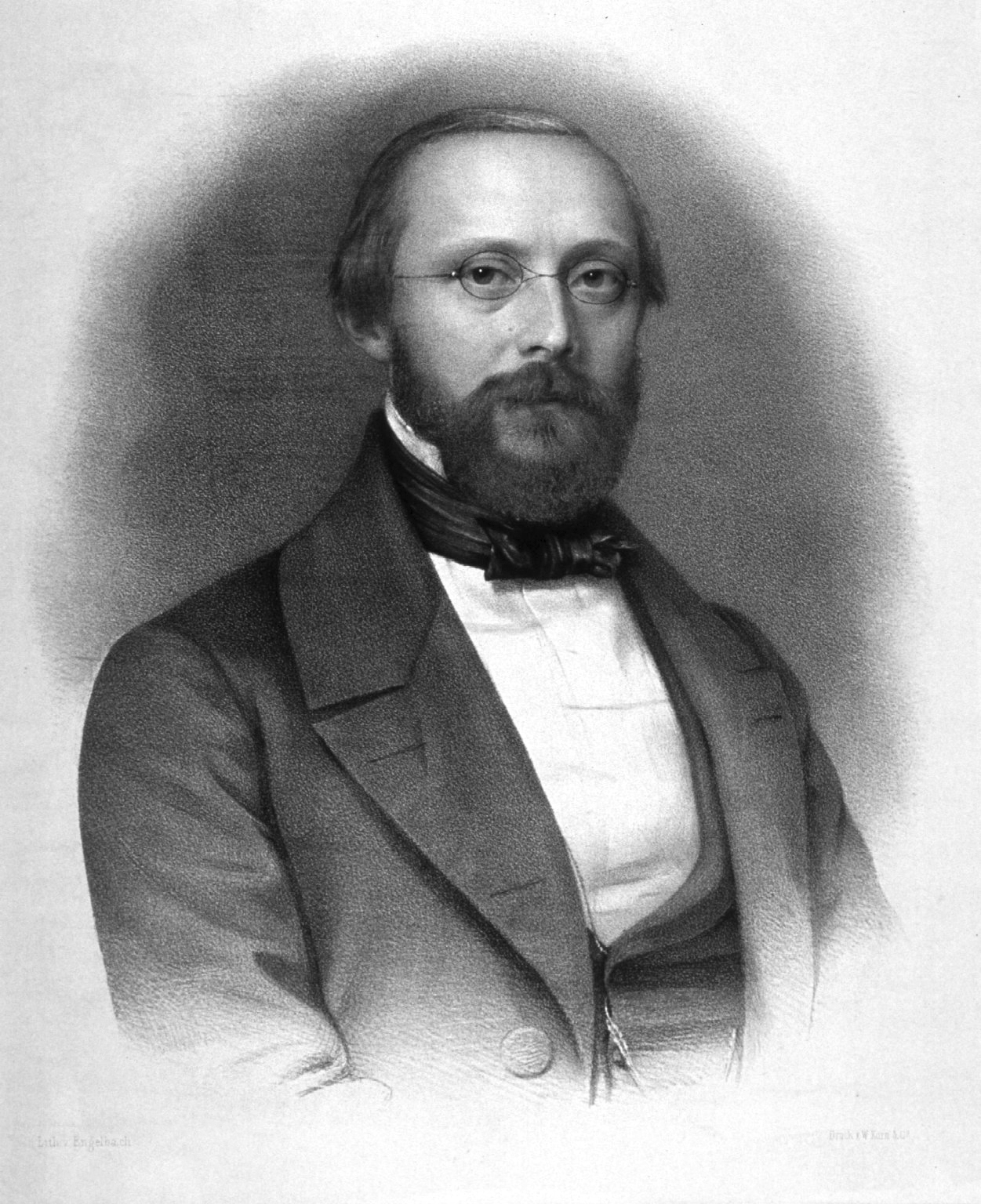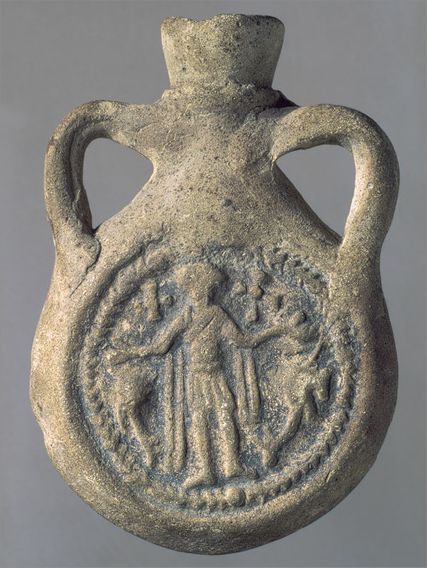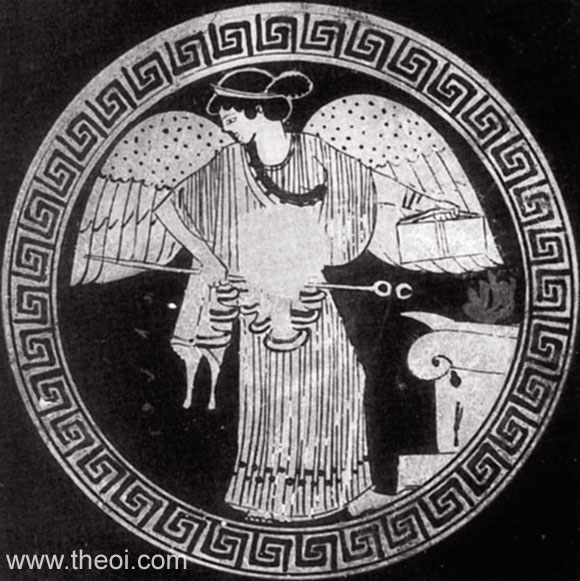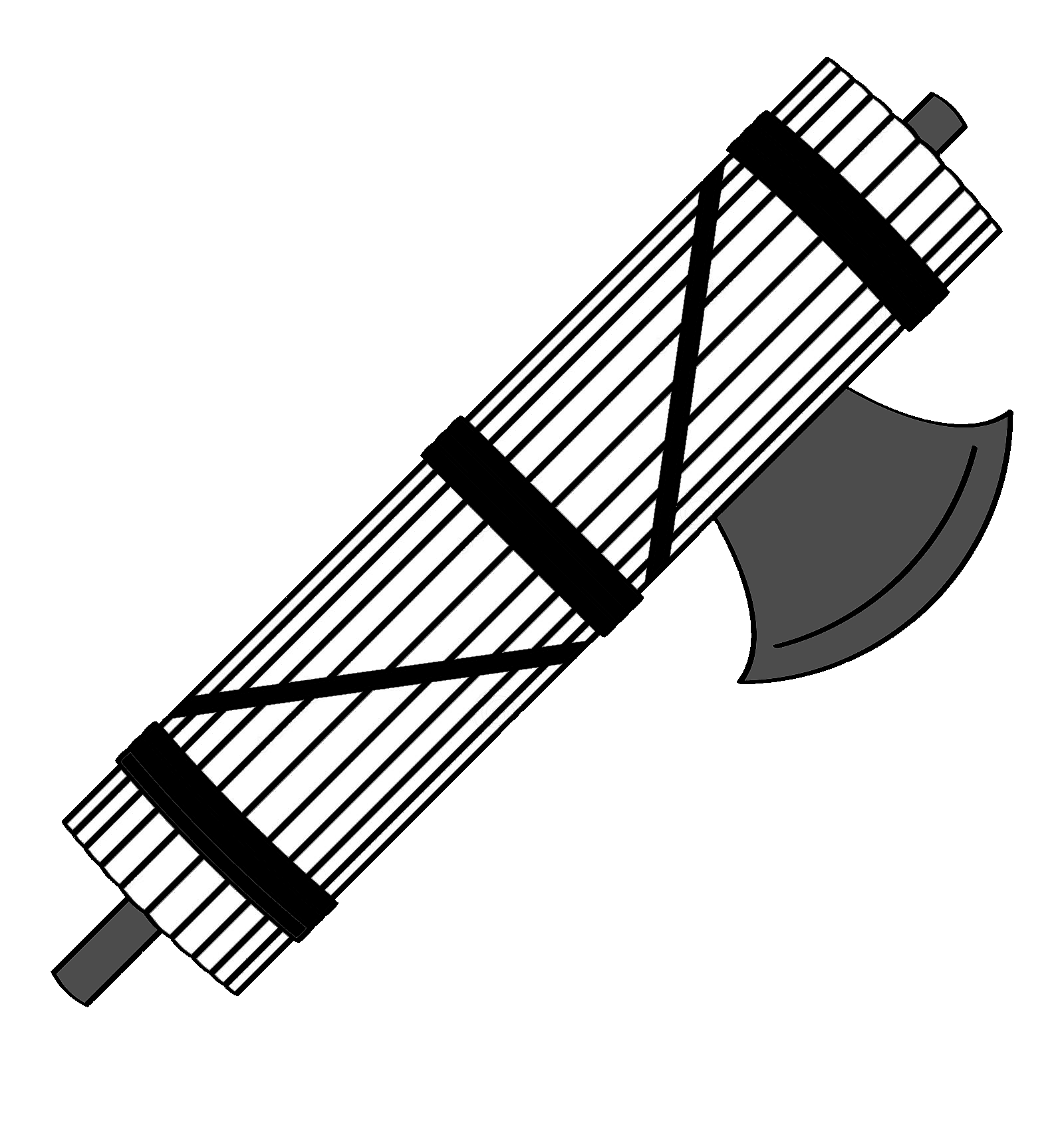Autonomic, from the Greek auto, self, and nomo, law: thus, "self-governing". We know now that the autonomic system is not self-governing, but back in 1898 when the word was coined by the English physiologist John Langely, it was thought that it operated independently of the CNS.
| John Newport Langley 1852-1925
|
Langley also named the parasympathetic division of the autonomic system. Para is Greek for beside; Langley's coinage was based on the observation that parasympathetic nerves emerge from the brain and sacral segments of the spinal cord, and thus to either side of the regions of the cord from which sympathetic fibers arise (i.e. the thoracic and lumbar segments).
The term sympathetic was first used by the Danish anatomist Jacob Winslow in the early 1700's, but only in reference to the chain of ganglia that run along each side the vertebral column. A definition of sympathy used in medicine at the time was that of a relationship between organs in which the condition of one could effect the condition of others. The chain and its nerves were observed by Winslow to be involved in such "sympathies". Now called the sympathetic trunk, the chain ganglia are considered but one of the structural components of the sympathetic division of the autonomic system.
It wasn't until the 19th century, as a result of work done by a number of different anatomists and physiologists, that sympathetic took on its present anatomic and physiological meanings.

















